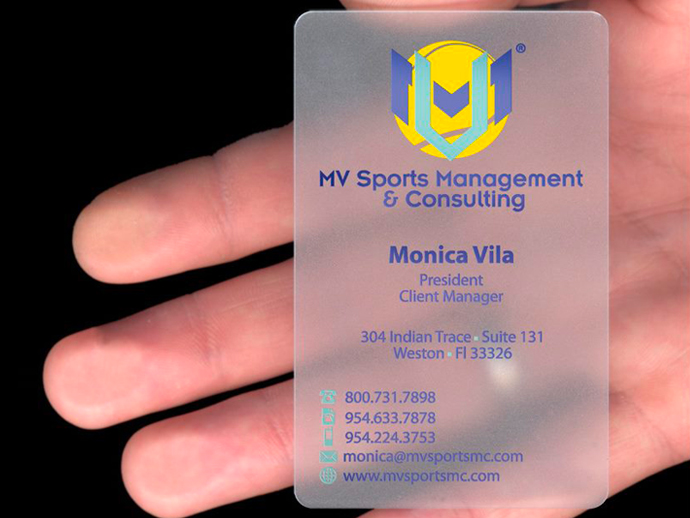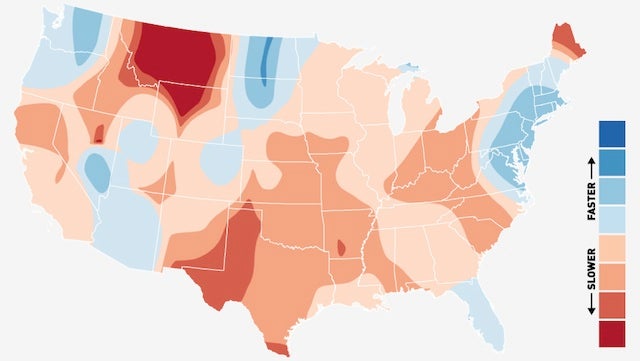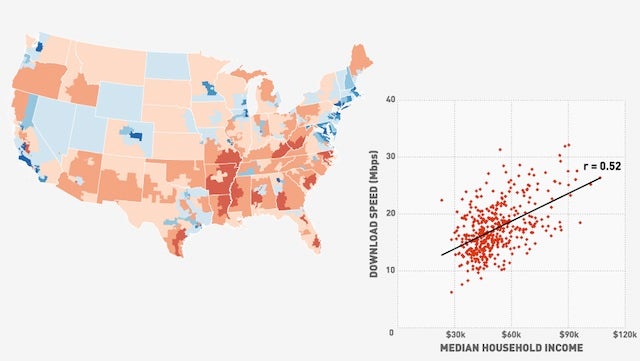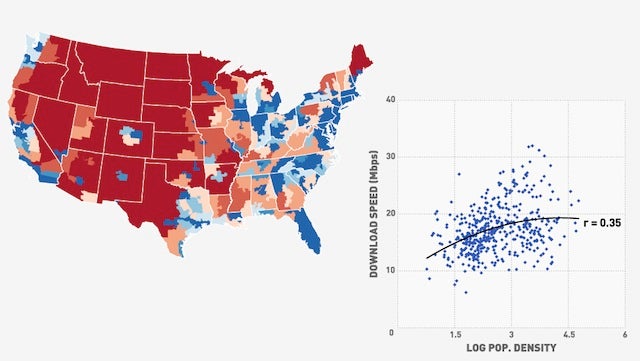10 important URLs that every single Google user needs to know
Original Source: http://bgr.com/
Personally, I love that Google is so creative with my private data. I am fully aware that in order to use Google’s many great “free” services, I pay the company in information about myself that helps it serve better ads. That same information lets it create fantastic services such as Google Now, and it saves me a tremendous amount of pain and suffering. It also, of course, helps make Google Search better. But even if you’re like me and you’re happy with this model, it’s still very important to be fully aware of what Google collects and how you can control it.
With that in mind, here are 10 important URLs compiled recently by Digital Inspiration that every single Google user should be aware of.
https://accounts.google.com/SignUpWithoutGmail — Create a Google account with your current email address instead of making a new gmail.com address.
https://www.google.com/ads/preferences — View and edit your profile within Google’s system as it relates to advertising (you can also opt out of interest-based ads here).
https://www.google.com/takeout — Use this link to export all of your data contained within the Google ecosystem, including emails, photos and YouTube videos.
https://support.google.com/legal — This URL will let you file a complaint in the event you find your content being used without permission on a Google website.
https://maps.google.com/locationhistory — This is exactly what you think it is, your location history if you use an Android phone or the Google Now iOS app.
https://history.google.com — Your entire search history; make a pot of coffee before you start digging.
https://www.google.com/settings/account/inactive — If you have unused Gmail accounts, use this to ensure that Google doesn’t delete them after extended periods of inactivity.
https://security.google.com/settings/security/activity — Think someone might have gained unauthorized access to your account? This is your first stop.
https://security.google.com/settings/security/permissions — Here is a complete list of all Web, mobile and desktop apps that can access your data.
https://admin.google.com/YOURDOMAIN/VerifyAdminAccountPasswordReset — A link to reset your Google Apps password if your account is ever hacked (replace “YOURDOMAIN” with your URL, including the top-level domain).




















